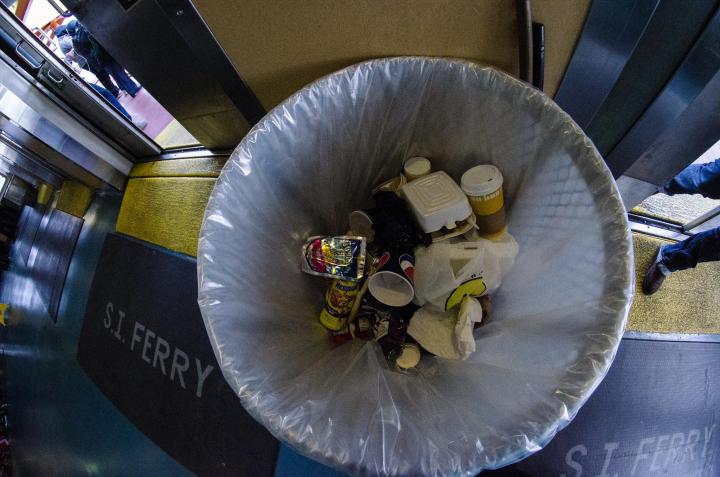
Already, there are around 170 “smart” trashcans scattered across Manhattan, and while these aren’t Wi-Fi connected (yet), their solar powered chips do alert waste management companies as to when the bin is full or too foul smelling. As an initial test for the Wi-Fi trashcans, however, New York’s Downtown Alliance has already worked with Bigbelly to take two of these bins and turn them into hotspots.
With speeds of up to 75Mpbs (pretty impressive, considering Starbucks caps out at around 9Mpbs), the trash can Wi-Fi would be completely free to use, paid for purely by advertising revenue (because who wouldn’t want their company logo on the side of a high-tech trash can?). As long as there are no obstructions between the bin and the user, Bigbelly doesn’t foresee any real roadblocks to the usability of this latest Internet source. And since trashcans are generally found at street level, there’s no real interference from skyscrapers or other infrastructure other than the receptacle itself, which hasn’t been shown to have a significant impact on signal strength.
Leila Dillon, Bigbelly’s vice president of global marketing, told CityLab, “We are a smart, solar-powered, connected technology platform that is literally sitting in the streets of New York. We are exactly where the people are.” The plan is to add significantly more of these high-powered, high-tech trash cans by the fall, with a particular focus on underserved neighborhoods where Wi-Fi is scarce.
So if you withstand the smell, you might want to cozy up to a New York City trash can sometime soon. You never know what kind of signals you may get.
[Image courtesy of m01229/Flickr]


